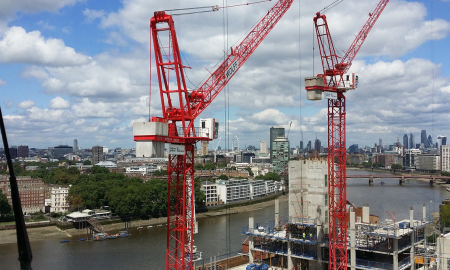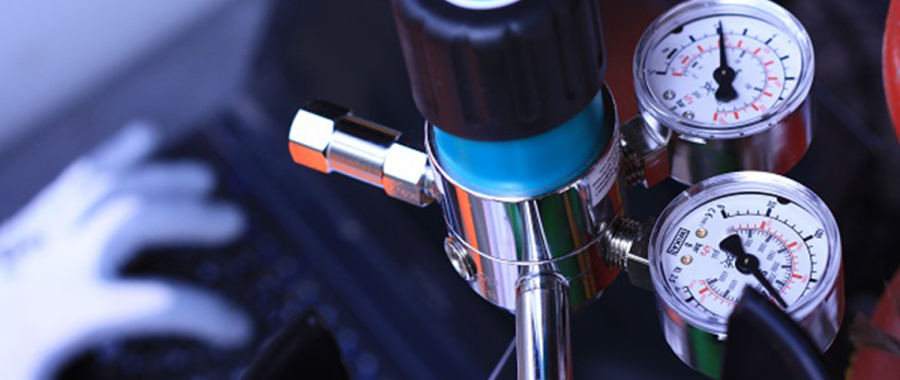General Requirements for
EN14181 CEM Systems
(QAL1)
A large number of sites across the UK are required under their environmental permit to install Continuous Emissions Monitoring Systems (CEMS).
Many of these CEMS need to meet the requirements for MCERTS and the QAL1 section of EN14181 – the European standard for quality assurance of automated measuring systems – before on-site testing (QAL2 and an Annual Surveillance Test) can be performed.
Application and certification
In the UK, EN14181 is mandatory for waste incineration, large combustion plants and anywhere else requested by the Environment Agency (EA). Where a requirement for EN14181 exists, the system supplied must hold MCERTS certification. The minimum MCERTS-certified range must be less than 1.5 times the ELV (Emission Level Value) for a Waste Incineration Directive or 2.5 times the ELV for a Large Combustion Plant Directive and all ‘other’ sites. This relates to certified ranges only – the operational range must capture all emissions peaks without any capping.
Sample system
The sample system (converter, chiller, line, probe etc) must either be:
- The same as the ones that the analyser was certified with (specified on the MCERTS certificate)
- A different brand/model of sampling system of the same type, with evidence that the alternative system works with similar types of CEMS.
QAL1
Although often overlooked, there is more to consider under QAL1 than the fact that the analyser is MCERTS-certified. The system must meet the EN14181 Allowable Uncertainties, i.e. less than:
- 30% (Dust)
- 20% (NOx)
- 10% (CO)
- 20% (SO2)
- 40% (HCL)
- 30% (VOC)
- 10% (O2)
- 30% (H2O).
The system should meet the requirements for uncertainty specified in the MCERTS performance standard, which are 25% lower than the above values. A system that can’t meet these criteria may struggle to pass a QAL2 against the above EN14181 criteria when the uncertainty is combined with test house data during the QAL2 system validation tests.
A QAL1 should include guidance on how the SAMS value - an alarm setpoint level for drift and precision checks as a part of the QAL3 assessment – should be calculated. EA guidance allows three methods for calculating SAMS:
- A percentage of the ELV (French AFNOR approach)
- System uncertainties (all values available via system MCERTS certificates)
- Repeated measurements on site (tends to lead to very small alarm limits).
A QAL1 should also assess the likely impact of any components that may have an interference effect on the CEM.
Homogeneity
For all new installations, a homogeneity (stack concentration profile) assessment must be carried out by an MCERTS-approved test house to determine the correct location for the CEMS probe to be installed.
Gas injections
Both EN14181 and MCERTS Version 3 also require that the installed system has the capability for test gases to be injected at the analyser inlet and probe.
QAL3
The operator will need a system for performing QAL3 checks, noting the following features:
- Is the system automated or manual?
- What graphs will be used? (Examples include Shewart, Cusum, Moving Average etc)
- Frequency of QAL3 checks.
- At least as often as the MCERTS maintenance interval of the analyser
- Weekly if using CUSUM charts
- At the discretion of the operator with documented reasoning
- Traceability of gases used for QAL3 checks must meet the EN14181 requirements.
There is a new European standard for Data Acquisition and Handling Systems (DAHS) – BS EN 17255-1:2019 – which may also need to be met.
Functional testing
Before the QAL2/AST is performed by a test house, a functional test of the installed CEMS is required, which will assess key criteria:
- CEMS accessibility
- General installation quality
- Documentation and records audit including:
- System manuals and drawings
- Maintenance schedules/service agreements
- Fault logs
- Spares lists/if spares are held on site
- Training records for operators.
The functional test will be audited by the test house.
Servicing
System servicing must be done with reference to the EN14181 rules regarding traceability of test gases and when a system can be adjusted. Getting this wrong could lead to retesting being required, resulting in increased costs to the operator.






Add new comment